As part of a Gateway 2 application to obtain building control approval for an existing higher-risk building, a Mandatory Occurrence Reporting (MOR) plan must be submitted to demonstrate a project specific explanation as to how any mandatory occurrence will be identified, captured and reported in relation to these specific works.
Regulation 32 of The Building (Higher-Risk Buildings Procedures) (England) Regulations 2023 places duties on the principal dutyholders to establish an effective MOR system.
The Principal Contractor and Principal Designer are responsible for establishing, maintaining, and operating a reporting plan providing designers and subcontractors a system to raise safety concerns throughout the construction phase of a project.
(!) Tip: Principal Designers and Principal Contractors can operate the same system in a D&B scheme, or separate MOR systems.
The extract below from Regulation 32 sets out the requirements for a Mandatory occurrence reporting system.
(!) Tip: Although the main responsibility for the MOR is with the principal dutyholders, the Client as noted in Regulation 37 must take all reasonable steps to satisfy itself that the person appointed is able to fulfil the requirements.
Mandatory occurrence reporting system
32.—(1) The principal dutyholders(1) must—
(a)before the construction phase begins, establish a system which enables as far as is reasonably practicable the prompt reporting of every safety occurrence to the principal dutyholders by reporting persons, and
(b)maintain the system throughout the construction phase.
(2) The principal dutyholders must take reasonable steps to ensure each reporting person is provided with adequate instruction and information on the system established by virtue of paragraph (1) and the incidents or situations that should be reported by the reporting person through the system—
(a)in the case of a designer or contractor, before beginning any work;
(b)in the case of any other person, as soon as reasonably practicable after first entering the site of the work.
(3) The principal contractor (or sole contractor) must ensure an appropriate frequency of inspections of the work for safety occurrences throughout the construction phase.
(4) The principal designer (or sole or lead designer) must ensure an appropriate frequency of inspections of HRB design work for safety occurrences throughout the construction phase.
(5) The requirements of this regulation do not apply to work to existing HRB which consists only of—
(a)exempt work, or
(b)work to which regulation 10 (notification of emergency repairs to existing HRB) applies.
Mandatory occurrence reporting through the MOR system is required when there is a safety occurrence (structural safety or fire safety) in relation to the design of a building or an incident or situation during construction for which the building, if occupied without the risk being remedied, is likely to present a risk of a significant number of deaths or serious injury to a significant number of people.
(!) Tip: The MOR documents should clarify the reporting procedure to be undertaken by any reporting person on becoming aware of a safety occurrence.
(!) Tip: A Reporting Person is any person that accesses the site that includes any designer (including the PD), any contractor (including the PC) and any other person who is a periodic visitor on the site.
(!) Tip: Any person visiting site should be made aware of the reporting procedures under the MOR that could be through the site induction.
A Mandatory Occurrence Notice must be submitted as soon as you can when a safety occurrence is identified, and before a report is submitted.
Information that will be requested:
- the high-rise residential building registration reference or the building control application reference
- your contact details
- the date and time the safety occurrence was identified
- a brief description of the safety occurrence
- any immediate actions you’ve taken since to keep people safe
(!) Tip: When a mandatory occurrence notice is submitted, the BSR will provide a reference number to be used to submit a mandatory occurrence report.
A Mandatory Occurrence Notice can be submitted by following this link.
A Mandatory Occurrence Report must be submitted after submitting the notice and within 10 calendar days of identifying the safety occurrence.
Information that will be requested:
- the mandatory occurrence notice reference
- who submitted the notice – if someone else submitted the notice, the BSR will need your contact details
- the type of safety occurrence you are reporting
- what happened or has the potential of happening
- what caused the safety occurrence and how it was discovered
- who is involved and the effect or potential effect on them
- what you have done and plan to do to keep people safe
- anything you think should be shared for others to learn from
- any supporting information, such as documents, videos, or photos
(!) Tip: If a mandatory occurrence report is submitted, it may also be necessary to make a change control application, refer to our BLOG for more details on change control applications.
A Mandatory Occurrence Notice can be submitted by following this link.
The BSR through the MOR process want to capture any risks that could have a potential impact on fire and structural safety, and assess the relevance to other buildings, improve knowledge, promote safety-conscious culture change and improve fire and structural safety standards and best practice across the industry. The regulator will be looking for an effective MOR system, therefore if you are progressing with a Gateway 2 application for works to an Existing HRB make sure one is developed during the design stages.
(!) Tip: In a D&B scheme the Principal Contractor will have reporting documentation from a Health and Safety and CDM perspective that could be altered to incorporate the requirements of the MOR system during the construction phase. No need to reinvent the wheel!
Look out for blogs on further BSA and BSR related matters with tips from our experience to date!
The documents in the links below provide helpful published resources on the above:
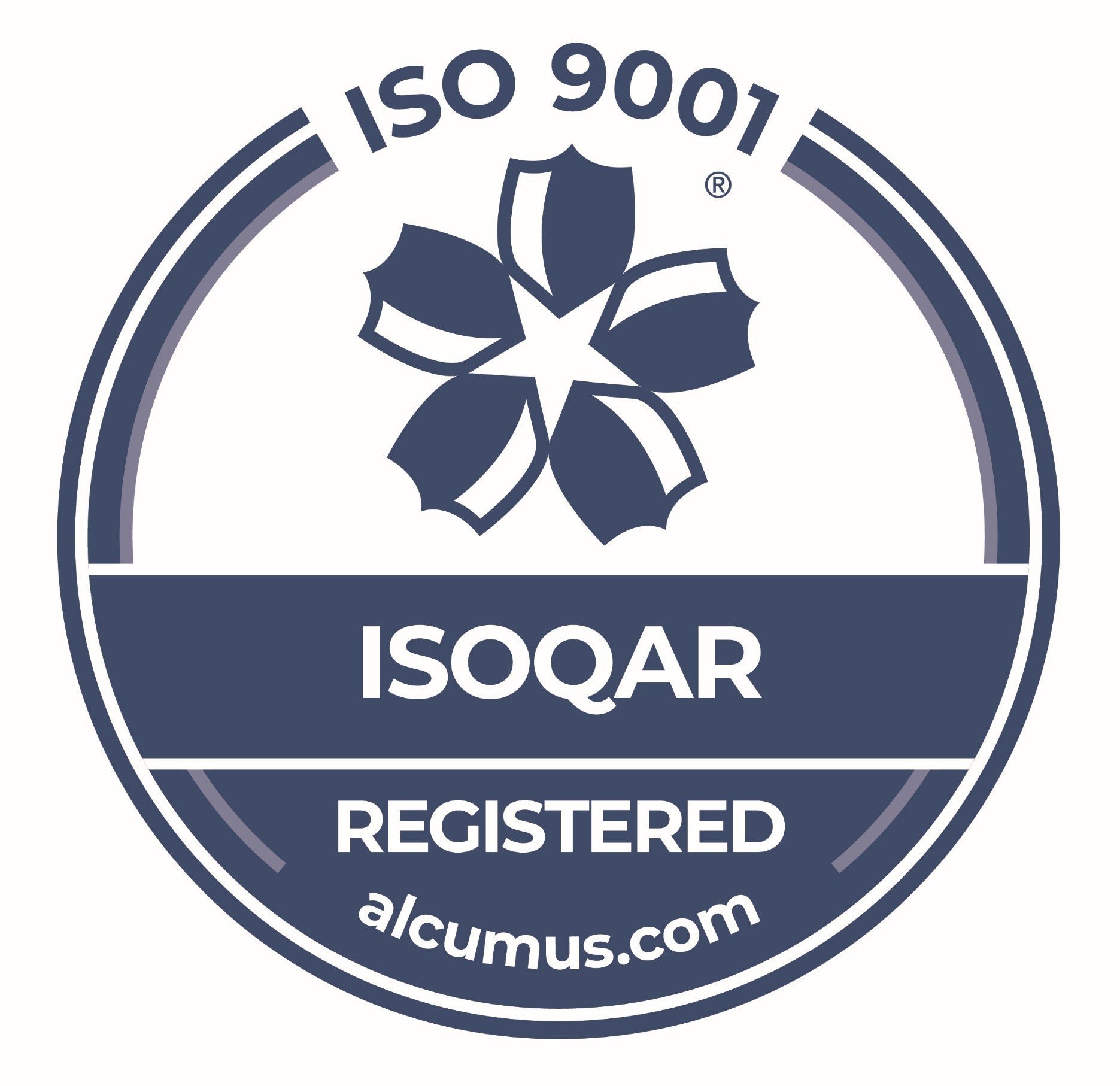
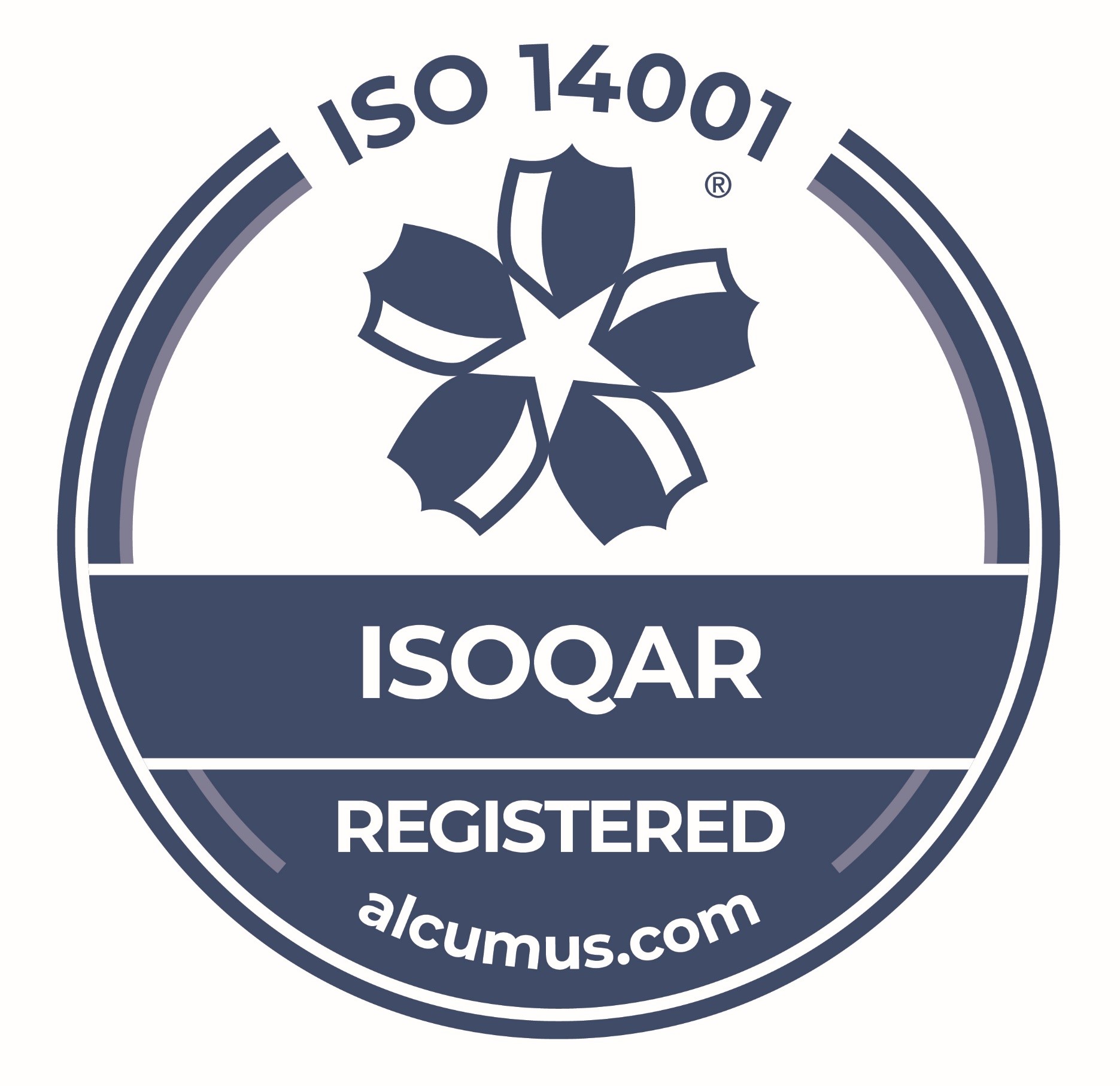
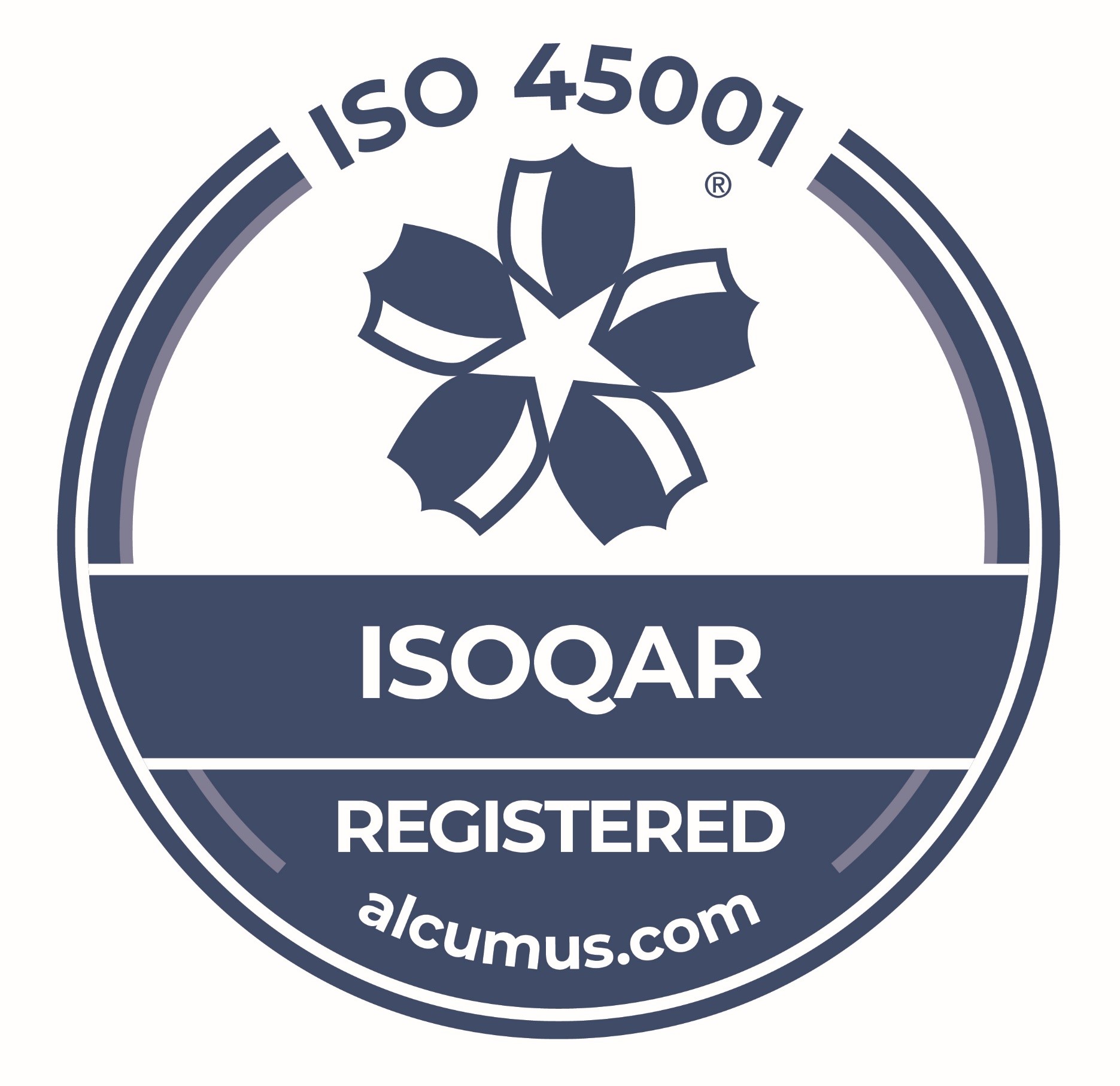
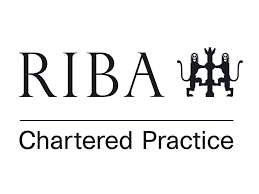


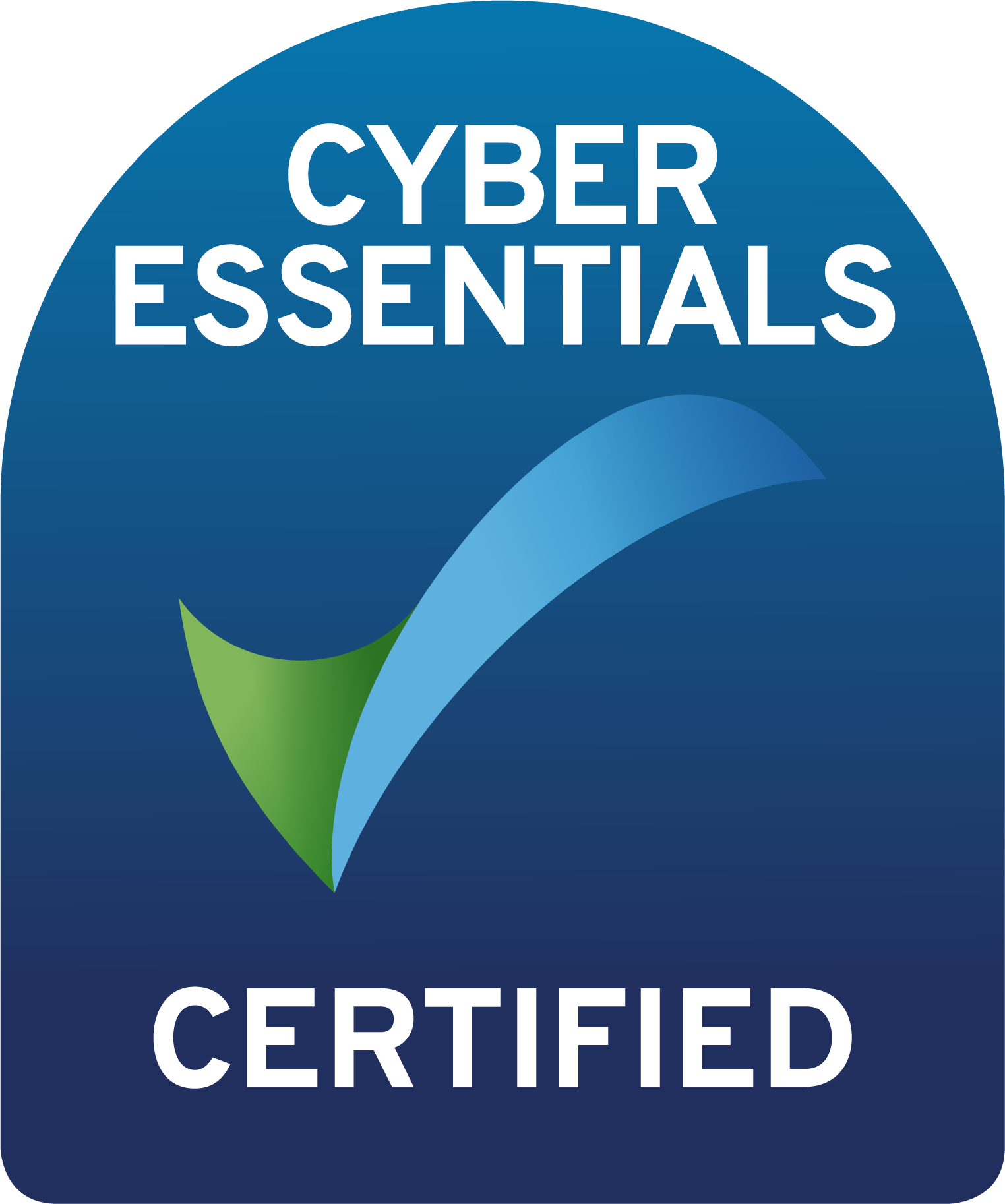



Leave A Comment